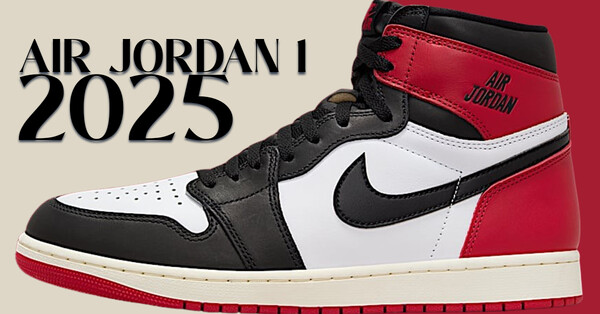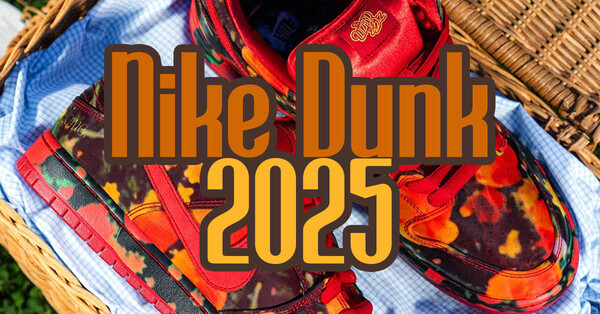Everything You Need to Know About the Japanese Cult Brand BAPE
Update 11.04.2023
30 years of BAPE
In 2023, iconic Japanese brand A BATHING APE celebrates its 30th anniversary with its spring / summer collection that pays homage to the city of Tokyo. With a nostalgic approach, BAPE celebrates its roots and presents designs reminiscent of a carefree childhood. The SS23 lookbook focuses on two narrative threads: "Young Rich Boy" and "Retro Film Shooting". The former uses the BAPE®︎ logo Monogram and focuses on the sublime simplicity of velvet. "Retro Film Shooting" owes its name to its medium: pieces like the Thermography Shark Hoodie and Cookie Camo Varsity Jacket are shot with film cameras, creating a warm and personal aesthetic. Dear BAPE fans, be ready for a collection that celebrates Tokyo and BAPE!
.jpg)
For men, there are classic garments like the Busy Work Pants and the BAPE Boyscout Shirt, as well as the versatile Balaclava Hoodie that is guaranteed to catch the eye. Dynamic patterns like the Honeycomb Camo, ABC and Woodland are reminiscent of adventurous clothing and Japanese culture.
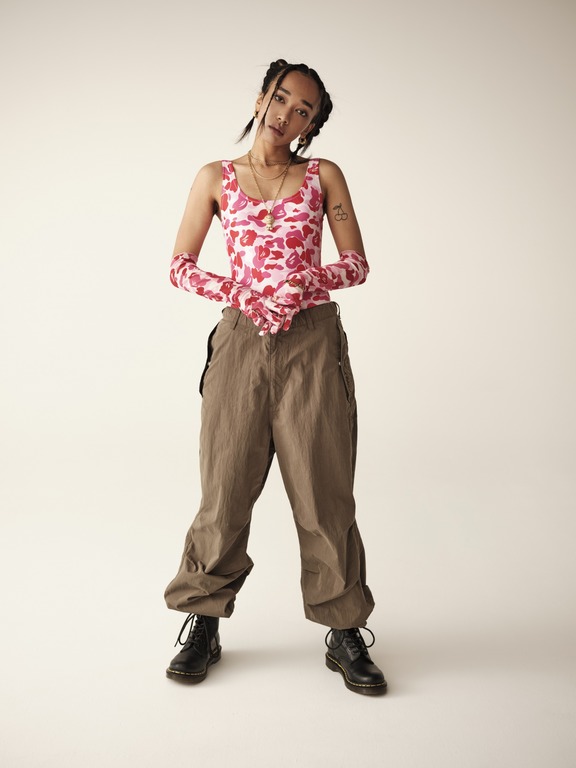.jpg)
For the ladies, BAPE offers a wide range of expressive designs with bold prints and graphics. The "College" range presents nostalgic designs with retro prints from the 2000s like the Gradiation series and OG graphics. The "Outdoor" range convinces with techwear and military styles and a pink Woodland Camo pattern. Another special feature of the collection are the matching accessories like the Milo Basket Bag and various tie-dye pieces.
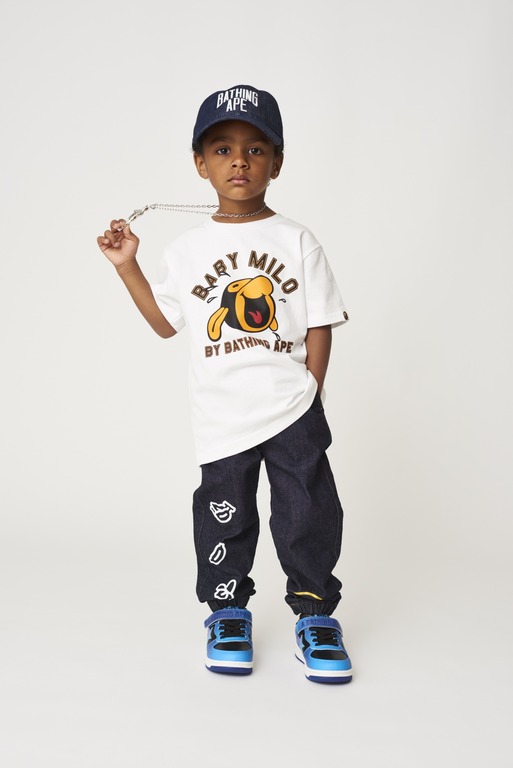.jpg)
The little ones were not forgotten for the 30th anniversary either. The BAPE KIDS® collection for SS23 offers a playful and bold selection of clothing that includes different materials and themes.
From April, the hype label will release the entire collection on BAPE.COM and BAPE STORE®. The BAPE STORE® shops are located in Harajuku, New York Madison Avenue and London.
From April, the hype label will release the entire collection on BAPE.COM and BAPE STORE®. The BAPE STORE® shops are located in Harajuku, New York Madison Avenue and London.
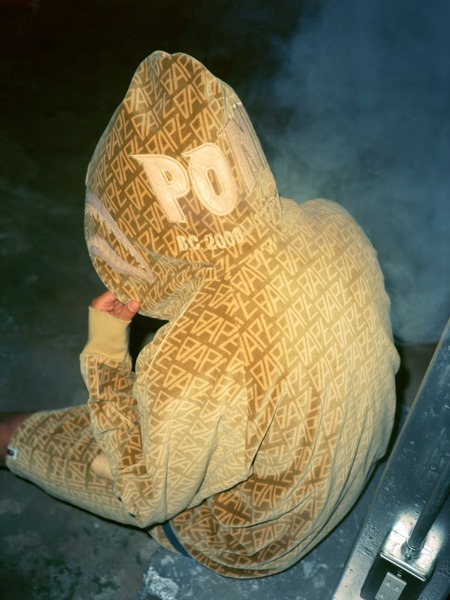.jpg)
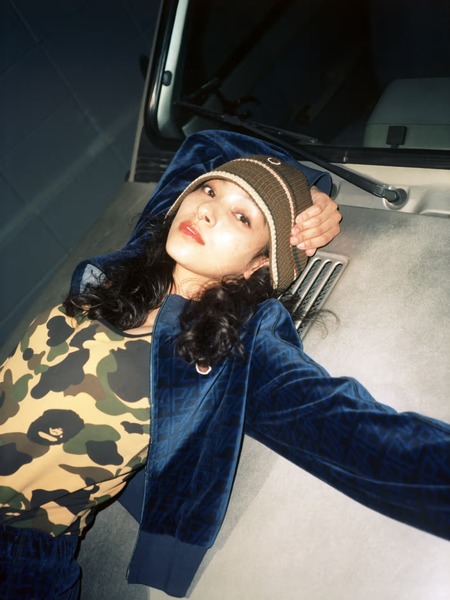.jpg)
.jpg)
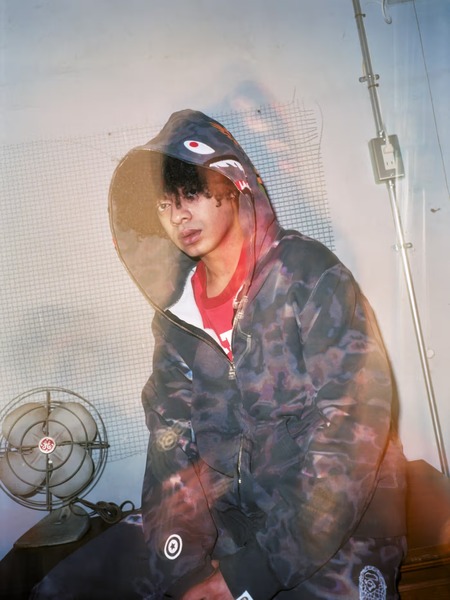.jpg)
.jpg)
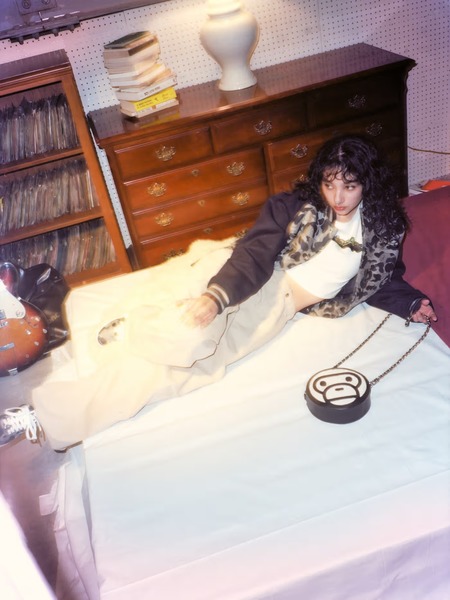.jpg)
.jpg)
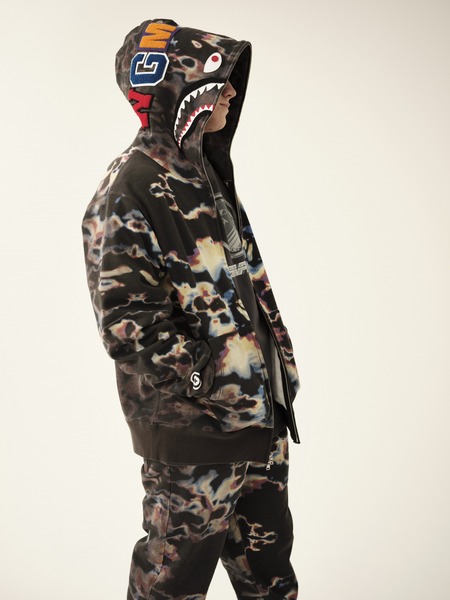.jpg)
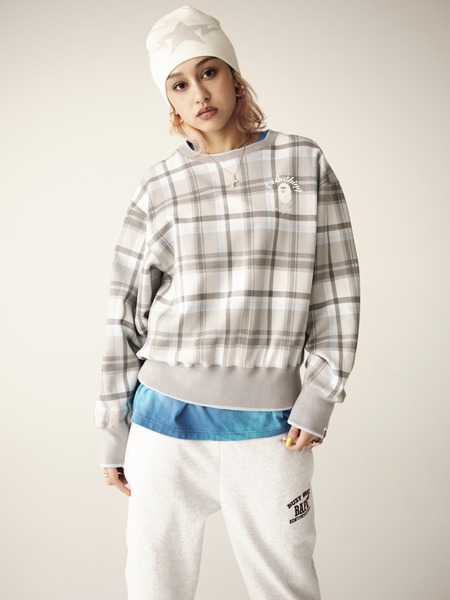.jpg)
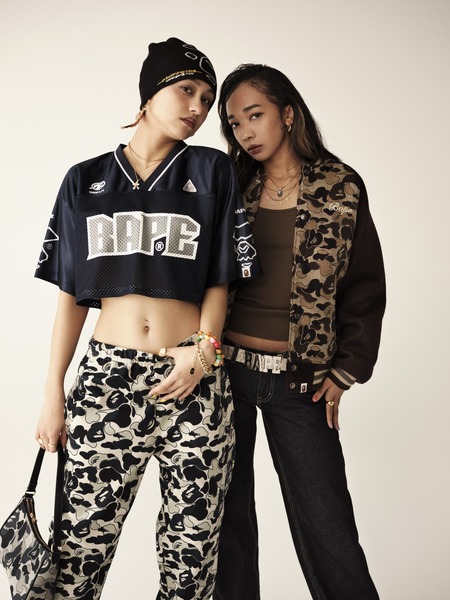.jpg)
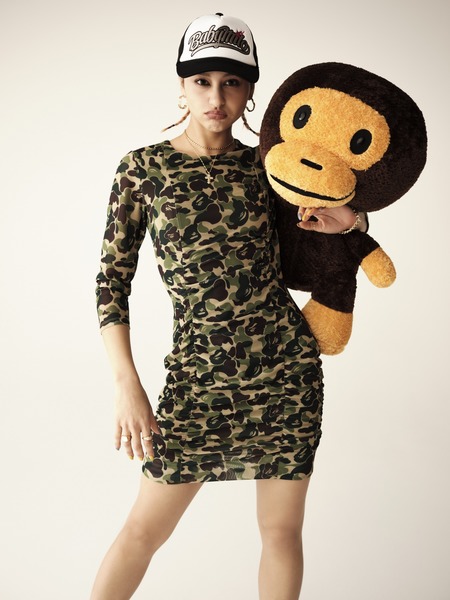.jpg)
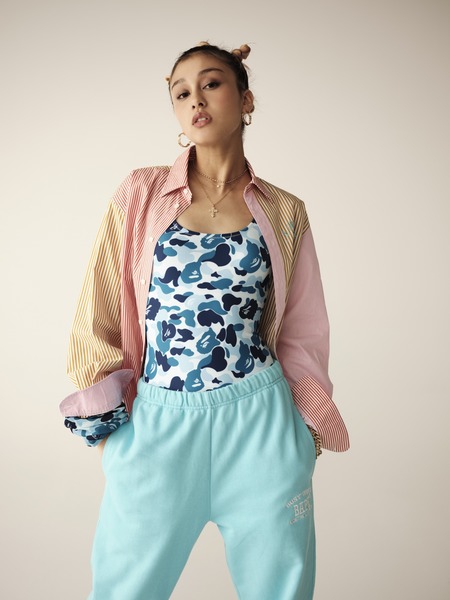.jpg)
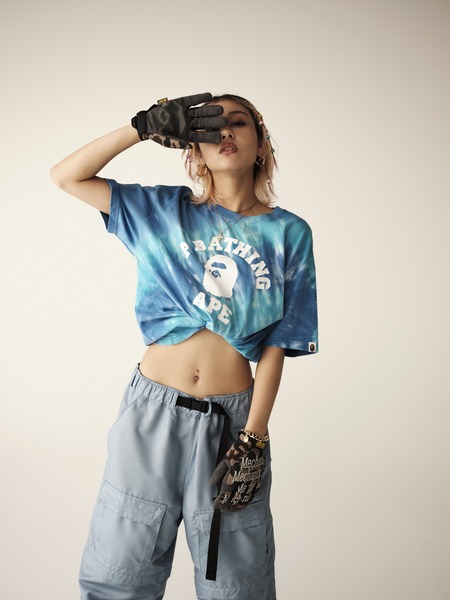.jpg)
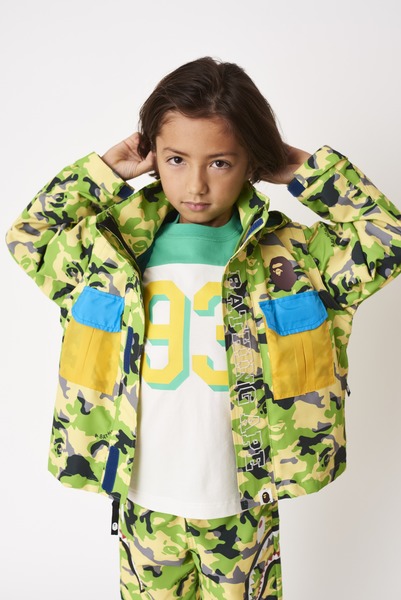.jpg)
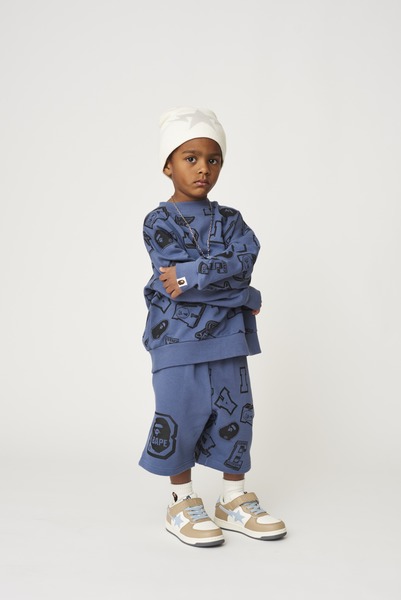.jpg)
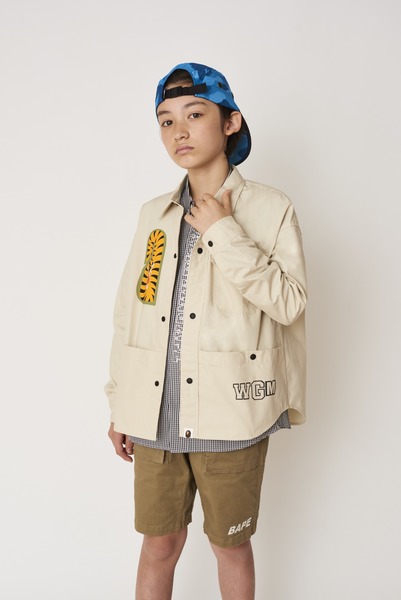.jpg)
Update 03.04.2020
Here You Can Buy A Bathing Ape
Exceptional situations require exceptional measures. At Bathing Ape, you can usually only shop in-store. However, since most stores around the world are currently closed due to the coronavirus, retailers are moving their day-to-day business to online shops.
At solebox, you can now shop for BAPE. In the online shop, you can find numerous camo-prints, shark hoodies, as well as BAPE Sta™ and other pieces. With the easy payment via PayPal, credit card, bank transfer, cash on delivery or cash in advance you will get a hold of your BAPE order very quickly.
A Bathing Ape, abbreviated as BAPE, is an ultimate streetwear icon. Founded in 1993 by Nigo (Tomoaki Nagao), the brand was one of the pioneers when it comes to hyped streetwear and lifestyle brands. The influence Nigo had on the world with BAPE is still noticeable today. Adidas' collaboration with BAPE was one of the first collaborations of a sports brand that did not involve an athlete. Limited edition shirt printing was also one of BAPE's trademarks—a concept that has been mastered by Supreme and its drops.
Well-known parts of BAPE today are the famous shark hoodie, the Bapestas, the unmistakable camo design, and the monkey head.
BAPE was in fact one of the first streetwear brands and would appear in the first chapter of a streetwear history book if there was one. But, even though there were already fans back then and BAPE had its big debut in America in the mid-2000s, it's only in the last few years that streetwear has really become interesting. This is because streetwear has now gone mainstream.
The development of the hypes around BAPE started very small in Japan.
Ura-Harajuku
Nigo was actually friends with many other famous personalities of the Japanese streetwear scene. The boys were all part of the same circle of friends and had their roots in the Ura-Harajuku scene. They all had their own projects going on, but they always helped each other out.
Harajuku is a district in Shibuya, Tokyo and Ura-Harajuku means "the hidden Harajuku". It is a small sub-district with a size of only 4 football fields. The Urahara (short for Ura-Harajuku) scene was mainly active in the early '90s and was strongly influenced by various American styles and fashion pieces. There were a lot of shops and boutiques, often without names, selling clothes with many different styles.
Nigo started as editor and stylist of Popeye magazine. After a few years, he opened his shop "Nowhere" together with Jun Takahashi from Undercover. Shortly thereafter, in 1993, he worked with famous designer Sk8thing to launch his own fashion brand. We now know them as the Bathing Ape—or BAPE.
What does BAPE actually mean?
Nigo is a big fan of 20th century pop culture. Literally, BAPE is the union of his love for the movie "Planet of the Apes" with the Japanese proverb, "A bathing monkey in lukewarm water."
The proverb describes someone who enjoys something in excess, for example, someone who takes a bath even if it is not even hot anymore. So, it is an ironic allusion to the youth that will one day develop and form the cornerstone of the brand.
Streetwear fans mostly buy BAPE clothes out of hype and not because they like the material or the design. But, slowly, we are veering away from that trend, which paved the way for A Bathing Ape to be launched.
How did the hype around BAPE develop?
Nigo, like many others from the Urahara scene, was very fond of American street- and sportswear. In his shop "Nowhere", he had a mix of imported American clothes and apparel from Japanese streetwear pioneers like "Forty Percent Against Rights". With this combination, he quickly became a figurehead of the flourishing Urahara scene.
Through further collaboration with the International Stüssy Tribe and James Lavelle of UNKLE, BAPE quickly established itself as Tokyo's cultural trendsetter and also became a well-kept secret in cities outside Japan. It usually went like this: one of our friends, or a friend of a friend, would go to Japan and then bring everyone some clothes and magazines. This is how the hype slowly developed—through word-of-mouth propaganda.
The (Planned) Limitation
An important element in hyped streetwear is not only the design and reputation of the brand, but also the range of products being offered or not. Just like Supreme today, Nigo had only a few editions of his T-shirts produced at that time. The main reason: he simply did not have more money. So, in the beginning, he could only print 50 BAPE T-shirts per week, which was all that he could afford. But, Nigo was also not a fan of the idea that everyone should wear the same clothes.
BAPE was only available in a limited edition from the beginning. In 1998, he took the shortage to the extreme again. At that time, the clothes of A Bathing Ape were available in about 40 shops all over Japan, but Nigo took the daring step and stopped all mass sales. Instead, he opened a flagship store in Tokyo—the only place to go for anyone who wanted BAPE.
Sales quickly shot up above the previous level and the formula for a successful streetwear brand was born: hype, short circulation, and public attention. Public attention in particular should obviously multiply in the coming years.
BAPE's Golden Years
BAPE reached its peak in the late '90s and early 2000s. Fashion-conscious personalities such as rapper The Notorious B.I.G. wore his clothes and thus earned the brand a good reputation in the hip-hop scene. Nigo was also introduced to Pharrell Williams in the early 2000s. Both of their styles complemented each other well, and so they created their joint brand, "Billionaire Boys Club and Ice Cream" in 2005.
This made BAPE's playful, colourful design a standard in the hip-hop culture of the 2000s. In the same year, the first BAPE shop opened in America. Immediately afterwards in 2006, the second shop followed, and Kanye West designed his own pair of the famous Bapestas.
In 2007, when the video for Soulja Boy's "Crank That" was released, in which he wore a pair of Bapestas while rapping that he had treated himself to a pair of "Bathing Ape", the brands peak popularity was reached. BAPE then became THE streetwear brand on everyone's lips.
At the beginning of the 2000s, the first sneaker in collaboration between Adidas and BAPE was released: the BAPE x Adidas Super Ape Star. A little while later, the BAPE x Adidas Super Ape Skate followed in four different versions. Three of them were available for the public and there were only 500 pairs per version.
The fourth version was in fact a version for employees. It was the. given to influential people and employees to promote the release of the sneakers. This pair is still considered one of the Grails of the collaboration between Adidas and A Bathing Ape.
All in all, BAPE had truly made it from its humble foundation in 1993 to a world-renowned status within 14 years. But, the high flight was not to last long. Unfortunately, the reason for this was also the shortage of products.
The Hype Fades Away
Now you know the rapid success story of BAPE. But, its newfound fame did not exactly bring BAPE good but quite the opposite. The products were not readily available in the USA and at the same time, they had such a high price, which was unusual for young Western buyers. This made the counterfeit market boom. Before BAPE could satisfy demand, counterfeiters had already saturated the market.
Another reason for the falling demand for A Bathing Ape's items in America was the aftermath of its rapid fame. Because the hype there did not build up slowly like it did in Japan, but took off like a rocket, it was seen by Americans as a short-term trend. This failed to establish the long-term interest that was inherent in the hype in Japan.
In 2010, the time had come when it became apparent that BAPE had accumulated debts of 2.5 billion yen. (About 20 million euros). Nigo stepped down as CEO of the brand and the following year sold BAPE to Hong Kong fashion giant I.T. for a measly $2.8 million.
The New Bathing Monkey
One might think that the brand has changed too much since the takeover. In some respects, it has, and the once coveted rarities such as the BAPE shark hoodie are now regularly available. You can get them on the official BAPE online shop and also, many stores now carry items from BAPE.
What hasn't changed, though, is the brand's will to collaborate and try things out. Its collaboration with other brands and designers is as strong as ever and many sub-products have already been created, such as AAPE and A Bathing Ape Black.
Nowadays, parts of BAPE are still a sought-after piece of fashion (though less in Japan) and enjoy wide acceptance, especially due to BAPE's deep connection to the hip-hop and streetwear scene.
But, what is so special about BAPE's design?
The BAPE Design
The BAPE Camo
The best known and most prominent design of A Bathing Ape is probably the camo design—sparkling colours that are inspired by military design. In contrast to normal camouflage colours, which should make the wearer inconspicuous, the Camo here is actually designed to be an eye-catcher.
The camo design is characterized by few edges, bright colours, and a drop or cloud shape. Besides his fascination for military design, Nigo has also combined typical elements of Japanese culture in his BAPE Camo. These include anime, Hello Kitty, and Kawaii—the general cuteness of Japanese culture.
If you look at Nigo's designs in light of his idol Andy Warhol, you would come across a third element: the transformation of everyday things into a piece of art. And, it's true, because over time, there were many things BAPE brought out that were apparently everyday objects. These include fishing gear, toilet paper, and even condoms. But, once the camo design was on it, it wasn't just a roll of toilet paper anymore but a piece of art, a piece of BAPE.
It was exactly this concept of simply printing the design on all kinds of products, transforming everyday objects into BAPE objects, that made BAPE a lifestyle brand. Nowadays, we see it everywhere. There are Cola T-shirts, Supreme bricks, Louis Vuitton hair bands, and more. BAPE is undeniably one of the pioneers of this movement.
BAPE Shark Hoodie
BAPE's shark hoodie was first launched in 2004 and has made a mark—a clear sign that BAPE produces eye-catchers that you can't buy anywhere else. It was a mix of pure style and funny gimmicks, which gave the wearer not only a few glances but lasting stares.
Just like the box logo of Supreme, the hoodies were available in many variations but only in small quantities, so you always felt like you were part of something special. Even today, in a time when it is easier to buy things more than ever, it is still an eye-catcher and shows connoisseurs the statement, "Look at my awesome BAPE shark hoodie. What do I care about the $300 it costs?"
The Shark design was inspired by the sharks, which were sometimes painted on airplanes and ships. The "a" in the tiger pattern stands for A Bathing Ape and the letters "WGM" stand for World Gone Mad. The world has definitely gone crazy.
Baby Milo and the Monkey Head
Baby Milo is the mascot of BAPE. There are countless collectible figures of him and you can find him on t-shirts and hoodies, for example. The little monkey fits perfectly into the Japanese culture of collectible figurines and overall cuteness and there are also many collaborations of Baby Milo x Hello Kitty.
The monkey head is the logo besides the camo design and is the figurehead of BAPE. As mentioned above, Nigo was a big planet of monkey fans and with the name A Bathing Ape as brand name, the choice of a monkey head as logo was in fact already obvious. It adorns many teas, caps, and was once presented on the BAPE x Adidas Super Ape Stars.
The Collaborations with Adidas
Adidas and BAPE was one of the first collaborations between Adidas and a brand outside the sports sector. Since 2003, they have worked together several times so far. Under the leadership of Nigo, it was only once, however, such as when the Super Ape Stars and Super Ape Skates were released in 2003.
After that, there was some silence for a while until the BAPE x Adidas Superstar "B-Side" came out in 2011. The cooperation was always led by mutual respect for each other, so you can see the words, "Respect for stripes and BAPE" right on the sneaker.
Time went on and a handful of collaborations followed. The latest collection will be launched on February 2, 2019 and combines Adidas, American Football, and BAPE. As the VP of U.S. Sports told Adidas, this is "...the fusion of sports and culture at the highest level."
The Capsule collection will be a limited edition only and features the classic BAPE camo design applied on football boots, sneakers, and other clothing.
Among them, for example, is the adidas by BAPE Z.N.E. Hoodie in camo design and with a Shark on the hood. Included is a zip which extends from the bottom to the top of the hood and the Ape Head in the colours of the American flag.
You can read all the details in our article about the new Adidas x BAPE collection.
The only question left to answer is why is BAPE so expensive?
The Price of BAPE
Paying $300 retail for a hoodie is actually not the standard. It could be argued that Japanese labor costs more than Chinese labor, and the Japanese are generally more willing to spend more on quality clothing.
However, considering that BAPE is nowadays mostly made in China and the quality is not that outstanding, the argument is not strong. This is especially because in Japan, BAPE is not considered to be anything special and it is perfectly normal for most people there to see wearing BAPE stuff.
So, the answer is this, but then why are BAPE things so expensive? It's because they can be!
The hype is still there and there are enough people who like to spend a lot of money on BAPE just to say they spent a lot of money on BAPE. Remember the background on BAPE? It’s all about someone who consumes excessively.
So, Nigo predicted the future well back then, because A Bathing Ape followers are now exactly that: people who would like to consume anything from the brand, no matter what it is or what quality it has, as long as it has a camo design, a monkey on it, and an A Bathing Ape tag.
What can we expect from BAPE in 2020?
In Japan, BAPE is keeping up the high level of hype and it is still increasing. But, the brand will only be able to achieve this by adding more collections and apparel to celebrate the festive days. Next, the Japanese brand is preparing for Valentine's Day. Compared to other collections, however, BAPE celebrates the loving day in a more subtle way.
Only four tees in all appear in the BAPE "Happy Valentine's Day" collection. Two of them are for ladies and gents and the other two tees are for children. The adult version is available in black and white. The main feature is also right on the front: a white BAPE logo reminds us of Valentine's Day 2020, while the children's size is more playful. The mascot Baby Milo holds a small red heart in his hands, so he's more likely to be associated with Valentine's Day. Unfortunately, as is often the case, only a few collections get to reach us. It probably won't be any different with this collection.
Furthermore, we will be welcoming another BAPE store. Even if the store does not open in this country, one would think that BAPE wants to expand further. The next shop will open with the Japanese brand mastermind. To celebrate this event on an equal footing, the BAPE x mastermind store will feature several collections. In addition to a BAPE x mastermind collection, a collaborative collection with ALPHA INDUSTRIES, BE@RBRICK, and MEDICOM TOY will be released.
We can only hope that BAPE will choose a store in Germany. Unfortunately, the purchase possibilities for BAPE clothes in Germany are limited. Besides retailers like Farfetch or Selfridges, ASOS is one of the best shops, but it also only sells the sub-label AAPE By A Bathing Ape.


.jpg)

